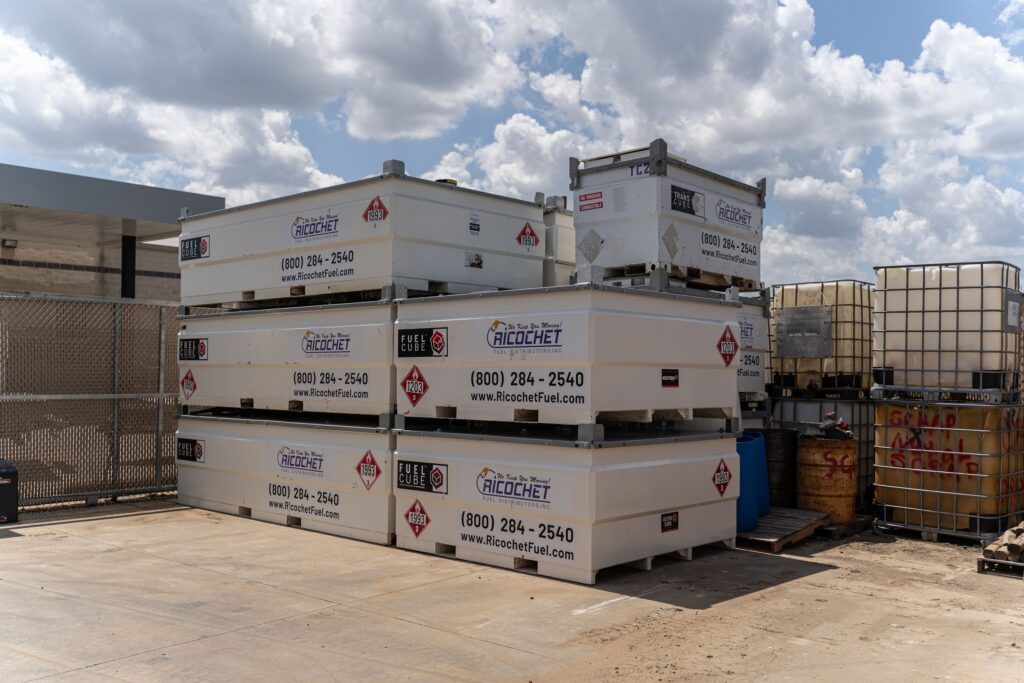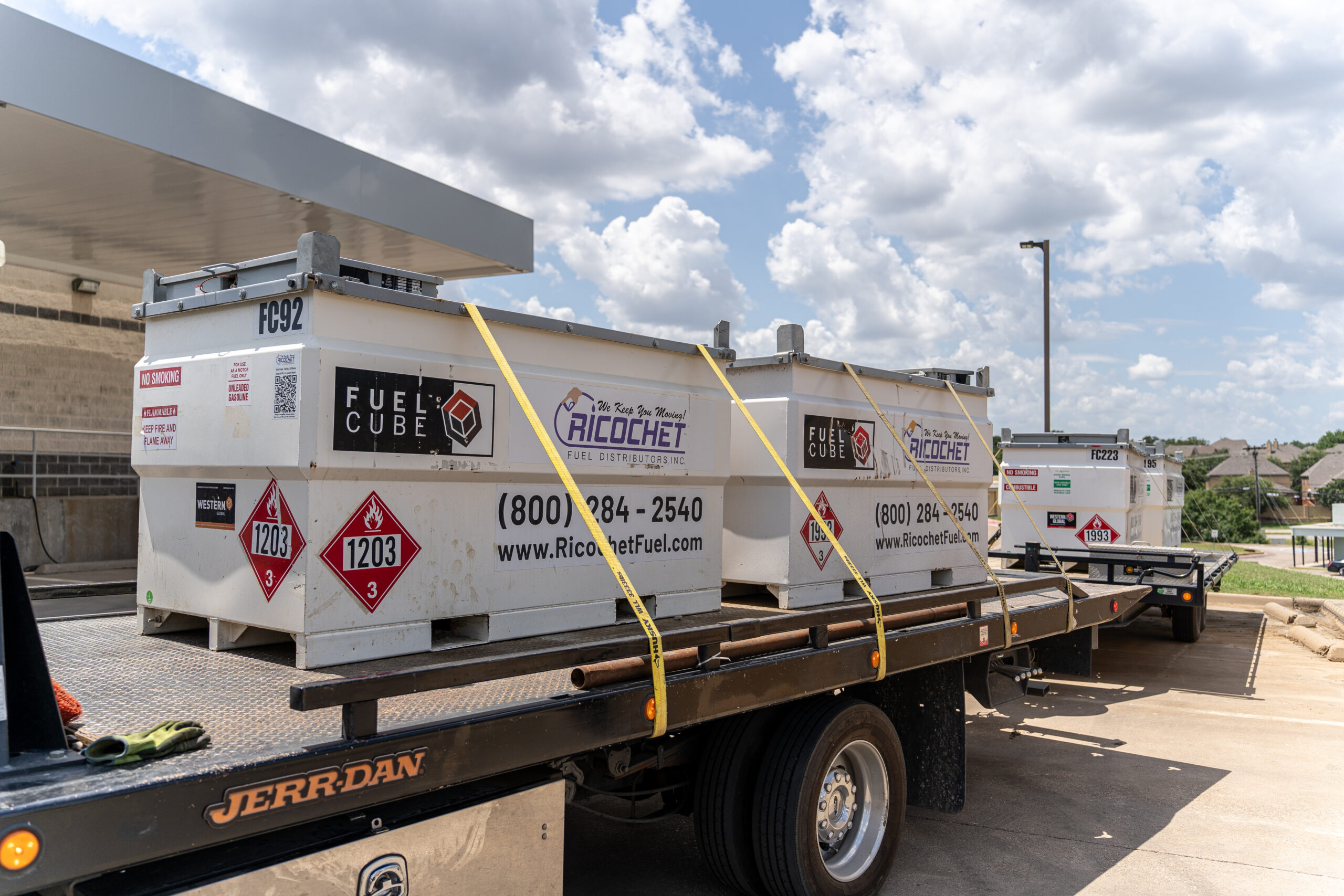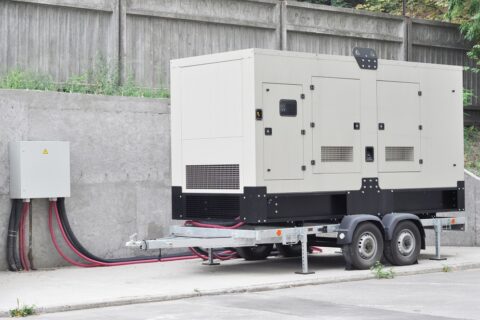How to Choose the Right Tank Size for your Fleet Without Overpaying
Operating a commercial fleet is more than merely keeping things going; it’s also about fueling them cost-effectively, efficiently, and on schedule. The least-thought-about part of the equation probably has something to do with choosing the best fuel tank size for fleet operation. Most companies either overestimate fuel use, causing constant refilling stops, or overinvest in excessive storage systems that lock up money and space. The secret is finding the right balance by matching your fuel storage level to actual consumption.

During operations in agriculture, construction, and logistics, convenient and reliable refueling becomes a priority. On site fuel tanks have proven a commonly used solution to avoid downtime, reduce the cost of procuring fuel, and take logistical control. However, in order to reap the advantages of such systems, selecting the right fuel tank for construction equipment is essential.
Understanding Fuel Consumption
The first thing to learn how to do in selecting fuel tank size is to know your current patterns of fuel use. Begin by gathering information from fuel tickets, telematics, and driver records. A common method for many companies is to utilize a fleet fuel consumption calculator to obtain a good estimate of average usage over a specific time frame. For instance, if your weekly fuel usage averages 1,200 gallons and you’re scheduling weekly deliveries, your tank should be sized to handle at least that much, plus a small buffer.
A fuel tank sizing guide or chart can provide a useful starting point. Most guidelines have some buffer area, usually 15–20% over the mean, to allow for peak demand or unexpected delays. But going beyond that level too much can result in stagnant fuel, poor quality, or safety issues. It’s also a good idea to plan for future growth, an extra bit of tankage may end up as a cost-effective fuel storage solution in the future if your operation grows.
On-Site Fuel Tanks and Storage Options
On-site fuel tanks may be of different sizes and types depending on the operational needs. Fixed above-ground tanks work well for large-volume fueling at a single location. For firms that have a number of job locations or require mobility, mobile tank systems or skid-mounted systems provide the best balance between flexibility and control. Portable fuel tanks work well with seasonal fleets or equipment in construction that moves from site to site.
After the selection and installation, the performance of the tank comes down to proper monitoring and maintenance. Implementing basic fleet fuel management tips like the installation of level gauges or smart tank sensors, refueling on a real-time usage schedule, and training staff in fueling procedures makes the difference. Standard maintenance routines, leak checks, filter cleaning, and monitoring the quality of fuel are what keep your storage system running smoothly and efficiently. Correlating usage data with operating schedules can help minimize waste and refueling downtime.
Making Smart Fuel Storage Decisions
Fuel storage choices go well beyond merely having a location for holding diesel or gasoline, it’s long-term planning and efficiency in operation. That’s why learning how to choose fuel tank size is more than finding the largest tank in view. It’s about finding a tank suited to your daily fuel needs, delivery scheduling, and the realistic requirements of your operations. The proper size reduces delivery frequency and is a very cost-effective fuel storage solution.
Consider, for example, a last-mile logistics business that operates in cities. Such a company could be better served by a medium-sized, static tank with safety and spill prevention as standard features. Either way, right-sizing leads to better performance and reduces risk.
It’s also prudent to review your tank arrangement from time to time. When fleet size increases or operating circumstances change, your fuel requirements can adapt. Performing a quarterly consumption analysis, perhaps with the aid of recent fleet information or a computerized program, can uncover inefficiencies and identify opportunities to improve or reduce. Remaining ahead of the curve with planning for fuel will keep your storage infrastructure in tune with demand in the real world.
Conclusion
With numerous variables at play, choosing the proper fuel tank size may seem complicated at first, but the long-term rewards are well worth the planning. A well-calculated tank size improves operational flow, reduces logistics hassles, and enhances cost control. More importantly, it allows fleet managers to plan confidently, knowing their fuel needs are consistently met without overspending or risking shortages.
The bottom line? The best tank isn’t the biggest, it’s the smartest. With accurate data, sound forecasting, and proper management, your fuel storage becomes an operational asset rather than an expense sink. Don’t overpay for the wrong tank and drag down your efficiency. Let your fuel storage system work for your business, not against it.
Contact Ricochet Fuel Distributors today for expert guidance on the perfect tank size for your fleet.


